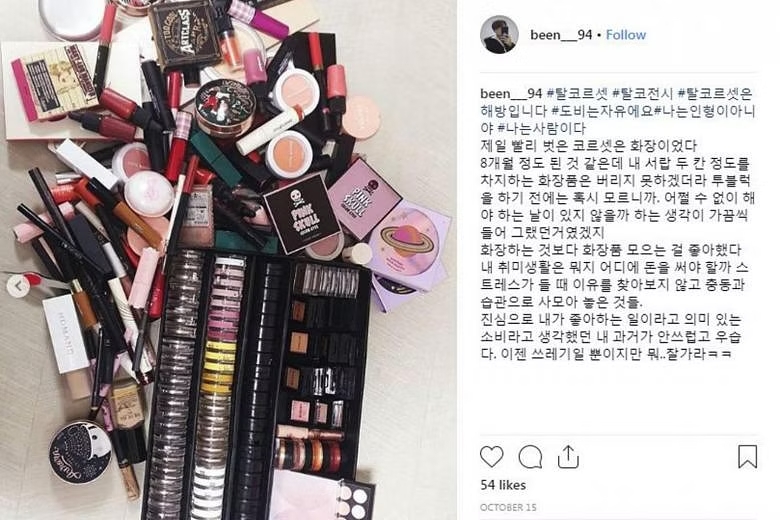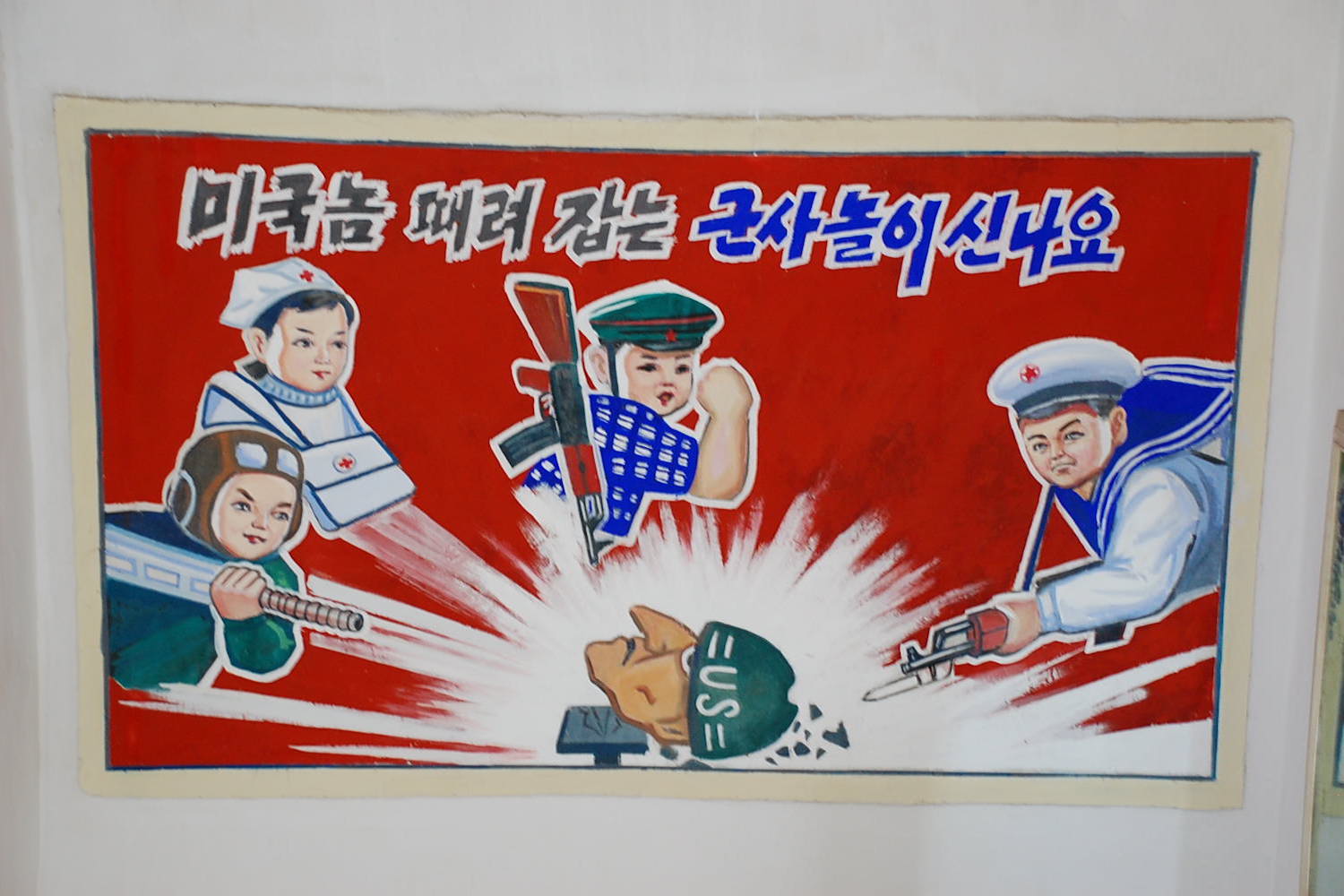South Korea is known for having a robust culture with K-pop, K-drama, and K-food going viral around the world. Those are what we will likely encounter when we google the country; another thing South Korea is gaining headlines for these days is its incumbent demographic collapse.
The ROK’s fertility rate is at the world’s lowest, only 0.72 in 2023, while the minimum to maintain a stable population is 2.1. At this rate, South Korea’s population could fall from the current 51 million to around 36.22 million in 2072. During his presidential election campaign, the former top prosecutor and South Korea’s current President Yoon Suk-yeol suggested that feminism is blocking “healthy relationships” between men and women – a remark that the Amnesty International regarded as “blaming the country’s low birthrate on feminism”
An article from The International Affairs Review also pointed out that the drop of fertility rate is the result of the “4B Movement” – a feminist initiative where women reject and protest against patriarchal societal norms and gender inequality. Though there are many perspectives on this point that we can talk about, I would like to look at the “4B Movement” to explore what the root causes of this low birthrate really are. This article will discuss the movement in general as well as different perspectives from experts on the matter.
The 4B Movement: A General Understanding
The Movement initially gained traction in 2019 via Twitter, and later on TikTok; however, the term was first used in 2016 by South Korean writer Cho Nam-joo in her novel “Kim Jiyoung, Born 1982”. The book is an international bestseller with over a million copies sold and was later even adapted into a movie. The novel focuses on the life of a stay-at-home mother who later suffers from depression due to the inescapable gender role of a housewife. It’s also believed by many to be the inspiration for the 4B Movement.
The “4B Movement” can be understood from a breakdown of its name. The term “4B” is based on, quite literally, four B’s: Bihon (비혼), meaning no marriage; Bichulsan (비출산), no childrearing; Biyeonae (비연애), no dating; and Bisekseu (비섹스) no physical intimacy. The words together form a principle that aims to fight for gender equality and to rescue women in South Korea from the social pressure of being a “baby-making machine.”
This Movement has been mostly digital with members estimated, by The Cut, to range from 5,000 to 50,000, and has no organization, no leader, or even official or physical headquarters – everything is purely through social media and digital platforms.
However, this Movement is not the first of its kind to address South Korea’s social issues on the patriarchal norms that dictate women’s social standards and responsibilities. Other movement such as “Escape the Corset” was also initiated against South Korea’s beauty standards and the social misconduct views towards women. The campaign gained attention in 2018 and aimed to protest against the perception that defines the ideal body image of women – such as rounded eyes, white skin, and long hair – and promote the perspective of self-acceptance. Therefore, the emphasis on increasing women’s self-awareness in the 4B Movement is not new, as it has been gaining momentum for a few years already.
CNA reported that “those against the Movement have claimed that the 4B Movement is the cause behind the low birth rate in South Korea”. Despite the ambiguity of those who oppose the Movement, it has never been scientifically proven, by any recognized research institution, that the 4B Movement is the main reason for South Korea’s demographic crisis. Currently, there is no scientific research proving that the Movement is the main cause of South Korea’s low fertility rate.
One article suggests that the 4B Movement is not the cause but, instead, a form of retaliation and response from Korean women against the unequal treatment of women in South Korea. For instance, South Korea has the highest gender pay gap among 33 OECD countries, according to a report released in early 2024. The average difference is about 30% in 2022, meaning if the average male worker earns about KRW 1 million wage, then the average female worker would earn about KRW 700,000. In addition, gender equality issues – such as the perception of female’s role in industries and society – still loom large for women.
There are various reports pointing out the low representation of women in industries such as finance and banking; despite the existence and encouragement of long-term strategic plans by the World Bank – such as to promote female representation and narrowing the gender pay gap in industries – the issues of gender inequality still prevail in Korea. This prevalence is an example that could explain the frustration of women and why feminism is growing in South Korea.

A South Korean woman’s post of destroying makeup products to rebel against strict beauty standards, as part of the “escape the corset” movement. Source: Instagram (been__94)
Expert’s view on the 4B Movement
Korean feminist expert Hyun-jae Lee pointed out the Movement in her article “Gender Justice and ‘Breaking the Glass Ceiling’ in the Neoliberal Era: A Proposal of critical feminism as a transformative remedy” in 2019. She believed that the trend of women’s refusal to marry is a strategy embarked on to secure and “maximize” economic benefits in the knowledge of the burden they will face during the child-bearing period.
Simply put, the trend of women choosing stability in their personal finance and career over their traditional marital role, in this case – getting married, is increasing and they are not being respected for that choice. The importance of maintaining healthy and independent financial stability and career outweighs the importance of getting married and having kids.
As the BBC put it, if a South Korean woman decides to get married and have kids, she will have to go through the child-bearing process which will hinder the Korean traditional 9-6 office hours. The disruption in this working-hour cycle could result in her losing the job during the process of having children, as her employer would be better off hiring someone else without the burden. So women face a huge trade-off between keeping their occupation and having kids.
Furthermore, experts such as Jieun Lee and Euisol Jeong also weighed in on the 4B Movement and the demographic issue of South Korea. In their article “The 4B movement: Envisioning a feminist future with/in a non-reproductive future in Korea” published in 2021, they point out, similarly to Hyun-Jae Lee, the pressure that women feel to fulfil their role in the family as traditional housewife.
The authors pressed on the personal importance of women having their own self-determination and not being judged for it. The 4B Movement, building on the “Escape the Corset” Movement, is evidence of an attempt by women to educate other women on social issues while simultaneously sending a message to “others”, such as men, government officials, and international viewers, about women’s social struggle in South Korea.
In conclusion, the 4B Movement can be summarized as a digital-based campaign, similar to the “Escape the Corset”, that is initiated by feminists in South Korea to address the country’s social issues, specifically gender inequality and misperception of women. Although some believe that the Movement is the main reason for the demographic crisis, issues such as gender inequality, the inescapable patriarchal norms, and social standards towards women should also be considered in analysing the causes behind South Korea’s rapid population decline. Maybe the 4B Movement is merely a reflection of the growing resistance from women to the longstanding patriarchal norms of women’s responsibility in South Korea, and nothing more than that.
- The Ping Pong Diplomacy - June 3, 2025
- The 4B Movement and Demographic Issue in South Korea - January 19, 2025
- South Korea’s Chip Industry and the Rising US-China Competition - December 3, 2024






